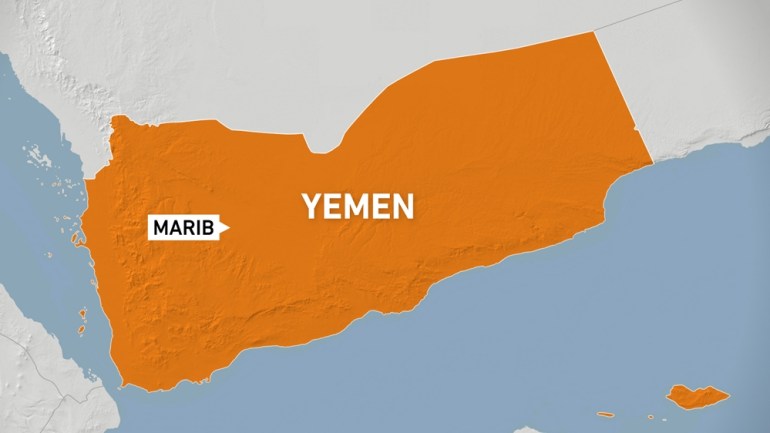Federal, B.C. New Democrat politician Ian Waddell remembered for his passion, desire
3/17/2021
VANCOUVER — Federal and provincial leaders are among those offering condolences at the passing of long-serving British Columbia politician Ian Waddell.

The former lawyer, New Democrat member of Parliament and member of the B.C. legislature died Monday at his Vancouver home at the age of 78.
B.C. Premier John Horgan says in a social media post that Waddell approached everything with a "passion and desire to make progress for people," while federal NDP Leader Jagmeet Singh says Waddell was a champion of social justice who always lifted up those around him.
Waddell earned law degrees from the University of Toronto and London School of Economics and worked as a prosecutor, defence lawyer and council to the Mackenzie Valley Pipeline Inquiry before making a successful jump to federal politics.
Waddell served 14 years as an New Democrat MP, representing the ridings of Vancouver-Kingsway and Port Moody-Coquitlam, before turning to provincial politics from 1996 to 2001.
After losing provincially in 2001 and suffering defeat in an attempted federal comeback in 2004, Waddell worked as a documentary film producer.
Social media posts show him working out, skiing and golfing with friends in the weeks before his death.
He maintained an interest in politics with recent Twitter posts remarking on passage of the United States' COVID relief plan and the 2020 presidential election.
Prime Minister Justin Trudeau was also on the receiving end of Waddell's online advice in a message dated Jan. 25."My choice for new Governor General is Judge Murray Sinclair. Are you listening Justin," he tweeted.In his last message, one day before he died, Waddell posted a photo from the balcony of his Vancouver home, with Stanley Park and the Coast Mountains in the distance.His final sentence: "Paradise."
This report by The Canadian Press was first published March 17, 2021.
The Canadian Press








 Supporters of main opposition candidate, Ousmane Sonko protested after his arrest
Supporters of main opposition candidate, Ousmane Sonko protested after his arrest 





 Many buildings in Wukro were blasted apart by shelling as government forces arrived
Many buildings in Wukro were blasted apart by shelling as government forces arrived 